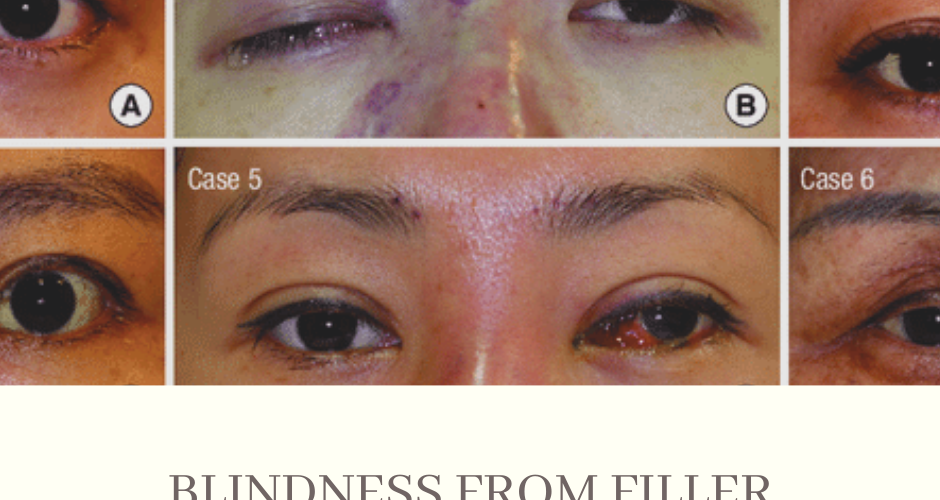Cosmetic complication
- Revival Clinic Team

- Jul 10, 2020
- 2 min read
Updated: Sep 12, 2021


Blindness from Filler injection
Filler material

Facial vasculature

Blindness as a complication from filler injection
For more detail
Soft-tissue Filler–associated Blindness: A Systematic Review of Case Reports and Case Series : A total of 190 cases of blindness due to soft-tissue fillers were identified.
Soft-tissue Filler–associated Blindness: A Systematic Review of Case Reports and Case Series
from Journal of plastic and reconstruction April 2019.
This article aims to review the role of fillers in causing blindness and the association between hyaluronic acid (HA) filler and blindness.
Results: A total of 190 cases of blindness due to soft-tissue fillers were identified, of which 90 (47%) cases were attributed to fat transfer, and 53 (28%) cases were caused by HA.
Blood vessel occlusion is a rare but severe and dreaded complication of soft-tissue fillers. It occurs because of an accidental injection of the filler material in a blood vessel. Lead to problems such as tissue death, blindness, blood clot in the lung, and even stroke.
The incidences are varies
In a recent study published by Povolotskiy et al investigating the adverse events arising with various aesthetic fillers, vascular complications were cited to be among some of the commonly occurring complications. This study comprised 5,024 cases, out of which vascular complications were observed in 590 cases. Even though blindness caused by soft-tissue fillers is an infrequent event, it is a matter of great concern owing to its distressing consequences.
Rzany and DeLorenzi reported in a small retrospective study demonstrated that the incidence of a vascular problem following an injection of a filler is estimated to be approximately 3–9 per 10,000 for HA preparations.

Table.
Brief Description of the Ocular Adverse Event, Management, and Outcome Associated with Soft-Tissue Fillers
Skin death from filler injection
Filler injection induced skin death is a rare but important adverse event that is due to the direct injection of the filler into a blood vessel. Blanching or pallor is a cardinal sign that suggests an arterial occlusion. Patients often develop severe pain and discoloration in the distribution of the occluded vessels.

granuloma from HA filler injection
Granulomas may appear anywhere from 6 to 24 months after injection, and is estimated to occur in 0.1%-1% of patients. Presentation usually consists of a constellation of swelling, tenderness, erythema and possible pus. The foreign body reaction results in prolonged inflammation that results in the formation of a nodule .
Complication from thread lifting
"Thread-lifts" get thumbs down in long-term study"
Objective data on the risks and benefits of thread-lifts, Abraham’s team looked at 33 patients who underwent the procedure. Twenty-three had other procedures as well, while the rest had thread-lifts only. Ten more patients who had other types of plastic surgery served as a comparison “control” group.
Thread-lifts don’t produce lasting results, Abraham and her colleagues say, because they don’t change the shift in facial volumes that occurs with aging. Also, they add, excess skin left over after facial “tightening” is left in place. The results seen a month after thread-lifting were likely due to swelling and inflammation, they say.


































Comments